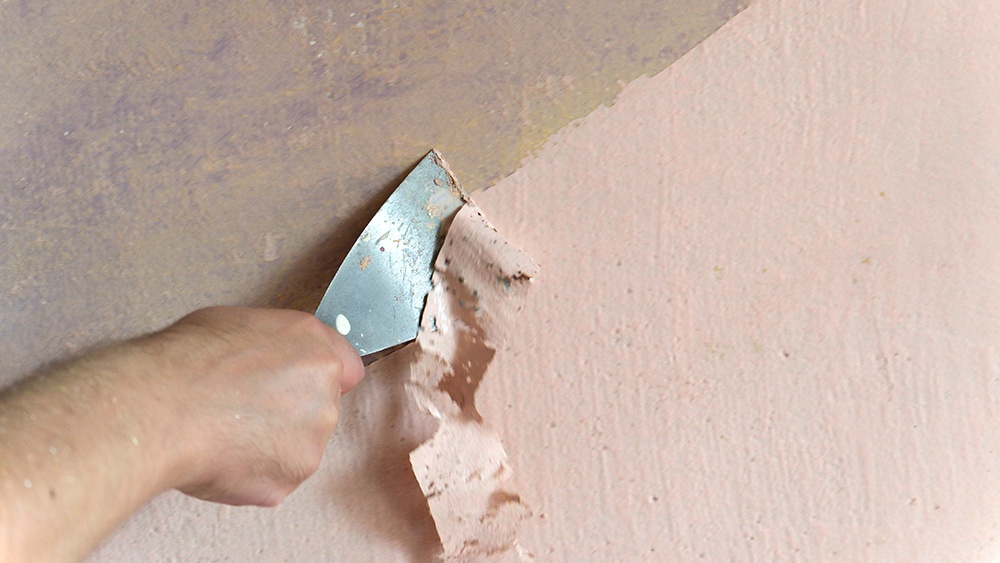How To Prepare Your Commercial Building For Painting
June 6, 2018

While you should leave a lot of the prep work to your chosen commercial painting company, a few things can be done on your own time to ready your building for painting.
Cochran & Mann in Frederick, Maryland, lists a handful of painting preparation tips that commercial building owners can do in order to make the process faster:
-
Gather the right supplies. Before you starting cleaning and repairing the to-be-painted wall, you must gather the right safety supplies and painting tools. Equipment should include safety goggles, protective clothing and gloves, knee pads, a dust mask, step ladder, medium to stiff bristle hand brush, flat scraper, filler knife, and bucket.
- Clean the wall using a hand brush. This tool removes any loose surface dirt and/or paint from the wall. After that, use a scraper to loosen and/or remove old, flaking paint or chipping masonry.
Once the wall is fully scraped, use the hand brush again to smooth out the surface and remove any remaining paint or masonry.
Tip: If the wall is super dirty, scrub it with diluted off-the-shelf detergent and rinse the detergent off with clean water. However, don’t let the water drip into flue outlets or air vents.
- Repair cracks and other damage. If the wall has small cracks or little areas of render, use a reliable external filler. Feel free to choose between a ready-mix or powder filler, depending on your needs and experience.
Ensure the damaged area or small crack is free from loose material (which should’ve been done with the scraper and hand brush). Dampen the damaged area or small crack using a spray bottle filled with clean water.
Tip: According to B&Q, a United Kingdom-based do-it-yourself and home improvement retailing company, use the corner of a dry filler knife to form an inverted V shape. This professional technique helps the filler stay in place.
Stir the filler in its tub until it’s creamy in consistency. Pry the filler to the damaged area or small crack with the dry filler knife, and smooth off with a wet filling knife.
If the damaged area or small crack is more than 1 centimeter deep, fill the damaged area with filler in layers. Before applying a new layer of filler, wait for the existing layer to dry.
Once the top layer of filler is dry, sand down the damaged area or small crack as required.
- Address problem areas. If your to-be-painted wall has serious problem areas, call a professional for solutions. In the meantime, take this advice from Cochran & Mann:
- If your wall has surface growth, like mold or algae, remove as much of the growth as possible by scraping or brushing the area.
If it’s dry weather, treat the part of the wall with surface growth using a brush dipped in fungicidal wash. Leave the wash on the affected area for 24 hours, and then thoroughly rinse and scrub with clean water to remove residue and dead growth. - If your wall is porous, chalky, or badly weathered, prime it with a stabilizing solution. This quick-dry solution provides a good base for the paint.
Shake the container, and apply to the affected area using a large, clean paintbrush. Don’t dye the solution or mix it with paint to speed up the process.
After cleaning and repairing small and large problem areas, your wall should be ready for the painting professionals. For more information about prepping your commercial building for paint, contact us, or download our Commercial Building Touch-Up List by clicking on the button below:





